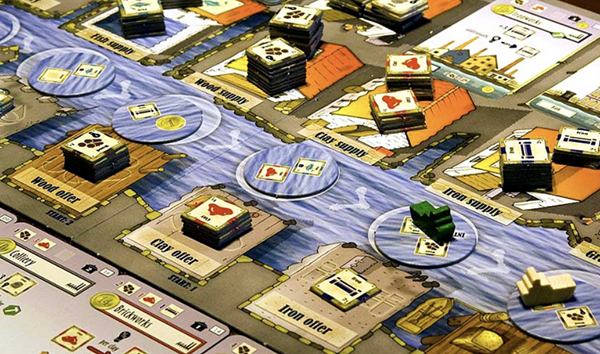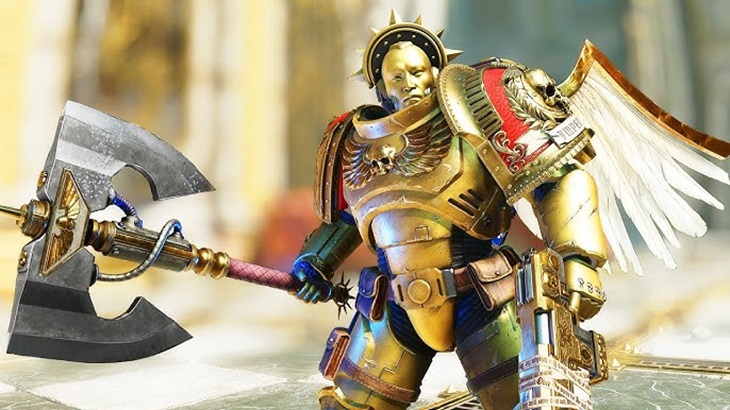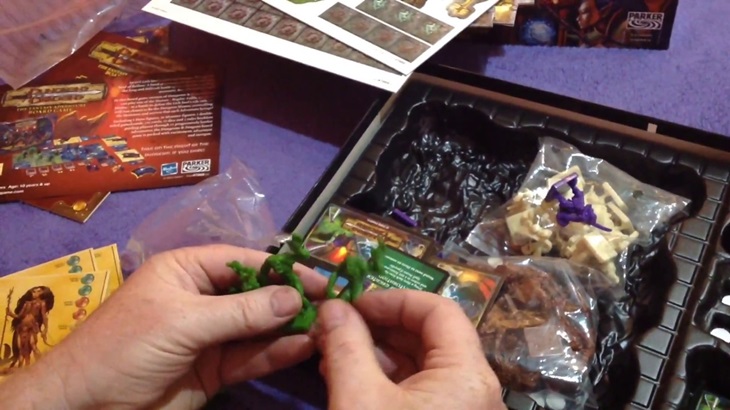14
May

Are you a fan of sci‑fi? If the thought of commanding starships, commanding alien armies, or creating futuristic worlds gets your heart racing, then you’re not alone. Sci‑fi and strategy hobbies offer immersive settings where imagination and tactics meet.
From carefully detailed painted miniatures to vast tabletop campaigns, these hobbies let you step into galaxies far, far away or delve into detailed strategic battles. Whether you’re new to the scene or a seasoned veteran looking for fresh inspiration, this guide explores top hobbies designed to satisfy both your creative and tactical appetites.

Warhammer 40,000’s Tyranids are a terrifying vision of alien hordes, a hive‑mind species that consumes entire worlds in its hunger for biomass. As miniatures, Tyranids stand out for their organic, alien appearance. Every model, whether the scuttling Genestealers or the massive Hive Tyrants, features sinuous shapes, chitinous armour plates, and razor‑sharp claws. All these facts not only make the hive fleet a reality but also challenge painters to master textures that depict living, breathing xenos beasts.
Tyranids’ impact on the hobby transcends the appearance of terror. On the tabletop, they embody a unique playstyle centred on sheer numbers and synapse management. Small grants overwhelm the opponent, while synapse beasts, biomorphs like the Neurotyrant, keep them together and direct them. It introduces a lightning‑fast, ferocious army that prizes bold tactics and strategic positioning. There are decisions for players to balance the risk of committing hordes to battle against the necessity to protect critical synapse nodes, enriching each decision.
For millions of fans, it is a rite of passage to build and paint the popular and easily recognisable Warhammer 40k Tyranids. It begins with carefully assembling the multipart sets and coaxing the joints to point in the correct direction and poses to capture movement.
Priming in a dark colour accentuates the recesses of the models, and layering contrasting colours brings out the ridges and armour plates. Dry-brush methods accentuate the carapace’s texture, and washes collect in crevices to create depth. Creative painters often experiment with fresh colour schemes, bioluminescent blues, acidic greens, or bone-white carapaces, because of the alienness of the swarm.
Tyranids also feature prominently in Warhammer 40,000 lore, with novels and codices expanding on their hive fleets and bio‑engineered weaponry. Collecting Tyranids, therefore, is not only a modelling endeavour but also a gateway into a vast narrative universe. Whether you’re drawn to their sculptural complexity, enjoy their aggressive playstyle, or appreciate their place in the grimdark saga, Tyranids offer a multifaceted hobby experience.
As a fantasy counterpart to 40K’s sci-fi brutality, Age of Sigmar offers a deep, magical world. Within, armies of Stormcast Eternals from the heavens clash with twisted Chaos armies, and gothic fortresses stand against marauding hordes. The miniatures are equally striking— ornate armour, flowing robes, and dramatic poses are all in plentiful supply.
Painting models for Age of Sigma allows you to explore bold, heroic colour schemes or delve into the dark, brooding tones of Chaos. On the tabletop, the game is centred around narrative scenarios and heroic deeds, so each battle feels like an epic chapter in a great saga.
Miniature painting transcends individual game systems and is an art form unto itself. The process begins with priming, followed by base coating, shading, and highlighting. Techniques like wet‑blending and glazing enable artists to achieve smooth transitions and realistic finishes. More advanced hobbyists can try their hand at non‑metallic metal (NMM), object source lighting (OSL), and freehand details.
Online forums, YouTube tutorials, and painting guides provide step‑by‑step instructions, helping beginners develop steady hands and a good eye for contrast. With each brushstroke, the artists evolve their models from plastic sprues into colourful characters ready for display or the tabletop.

Dungeons & Dragons (DnD) is a traditional role‑playing game, that encourages players to make characters, tell stories, and embark on epic quests. Not a hard sci‑fi game, DnD’s emphasis on storytelling, strategy, and character creation appeals to enthusiasts of detailed world‑building and tactical decision‑making.
Sci-fi fans tend to create homebrew campaigns in futuristic or post‑apocalyptic settings, using DnD’s flexible rules to simulate laser battles, starship warfare, and planetary politics. The true appeal is cooperative storytelling—no two campaigns are the same, and any dice roll can introduce unexpected complications.
Collectible card games (CCGs) like Magic: The Gathering and Pokémon boil strategy down to a portable form. Deck building is an art, with precise attention to card synergies, resource curves, and counterplay. Tournaments and casual gaming evenings foster a sense of community, as players test out strategies and trade cards to tweak their collections.
There’s a tactile pleasure in shuffling a well-honed deck and a rush in drawing that game-changing card that keeps CCGs a lasting favourite. New science fiction-themed card games, with futuristic artwork and innovative mechanics, extend the genre even further, offering new challenges for strategic thinkers.
For fans of sci‑fi and strategy, the hobby scene is rich and diverse. Whatever your passion for the bio‑engineered horror of Warhammer 40k Tyranids, the war in the heavens of Age of Sigmar, the art journey of miniature painting, the storytelling depth of DnD, or the competitive bang of trading card games, there’s a hobby to suit your enthusiasm.